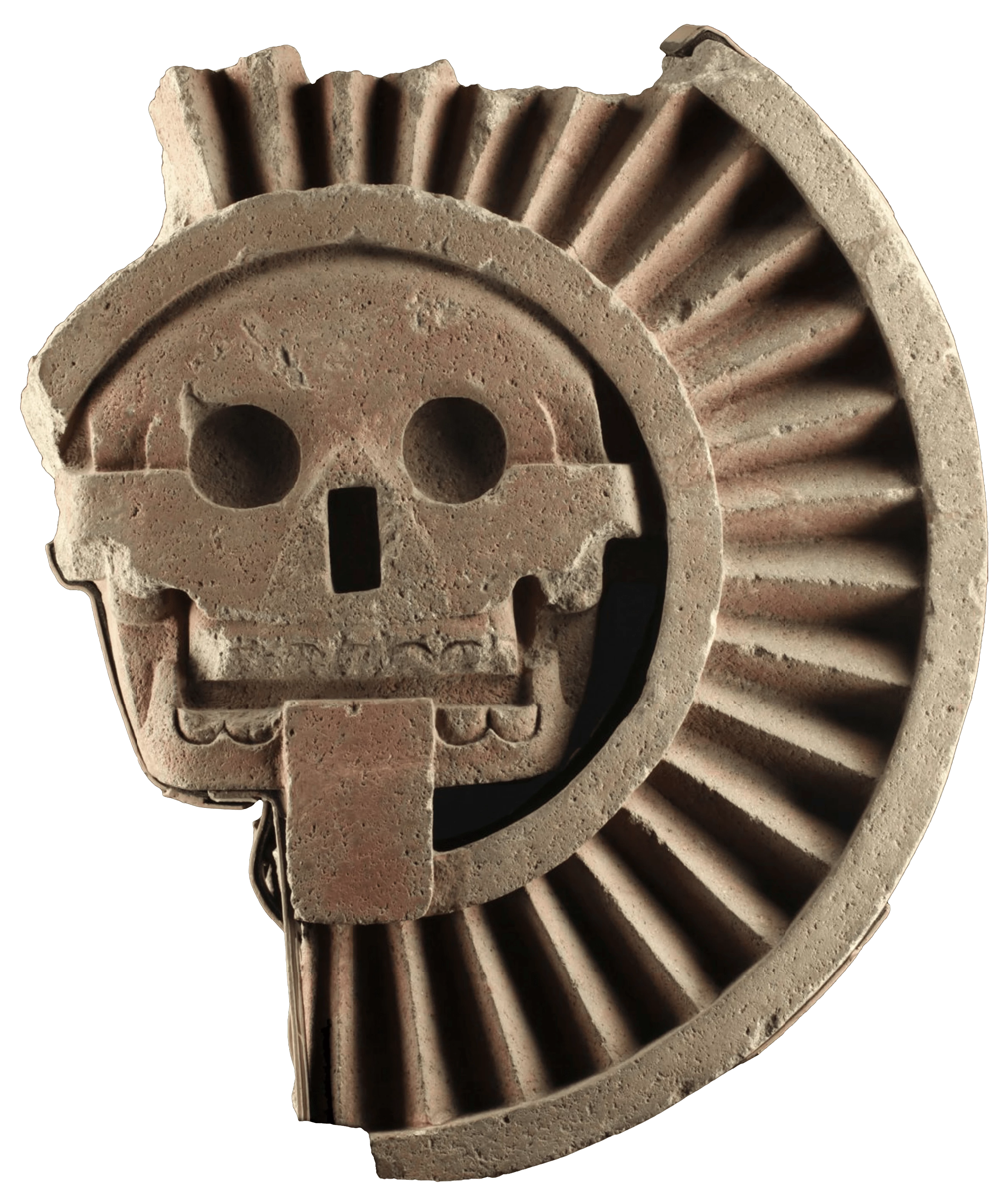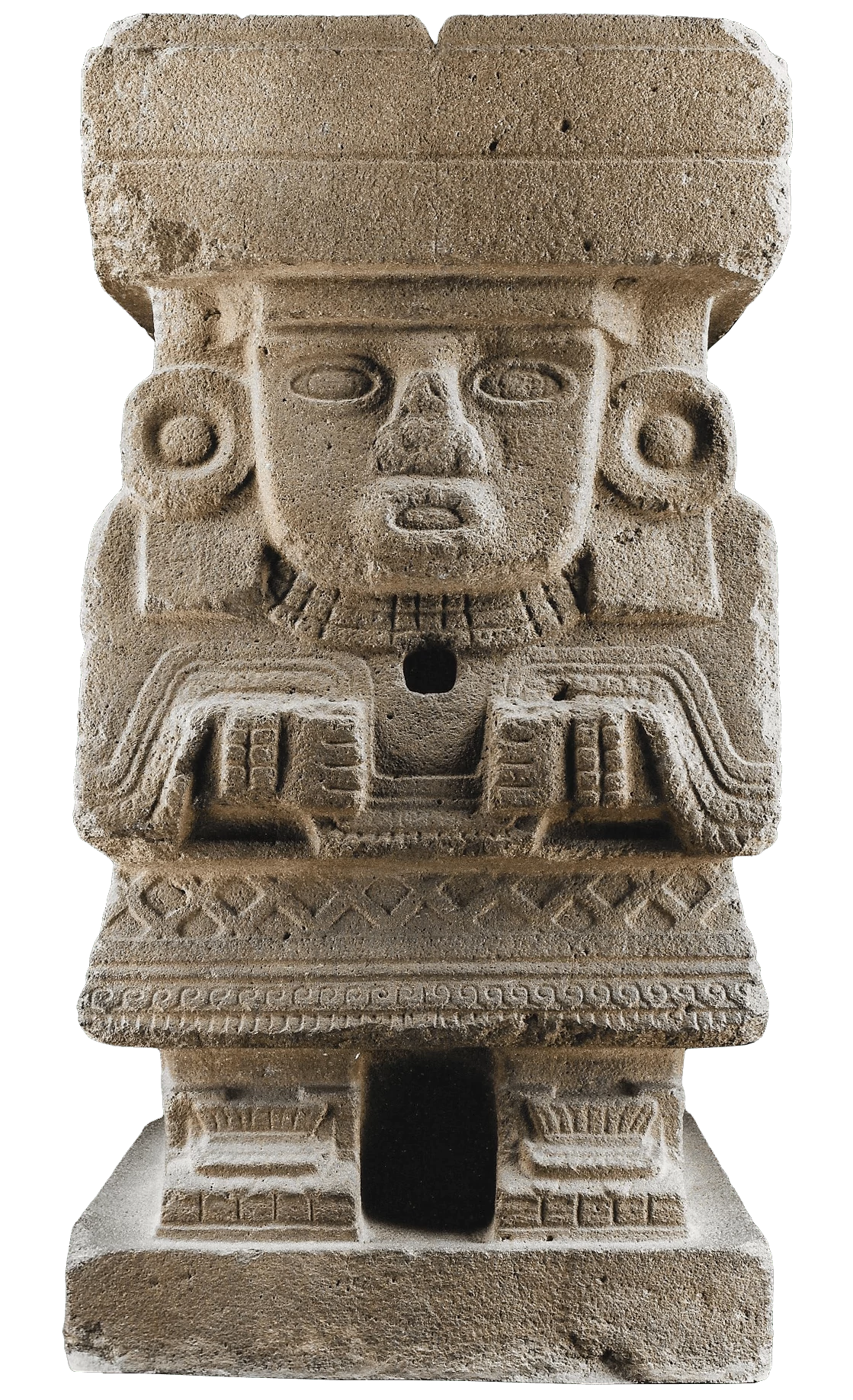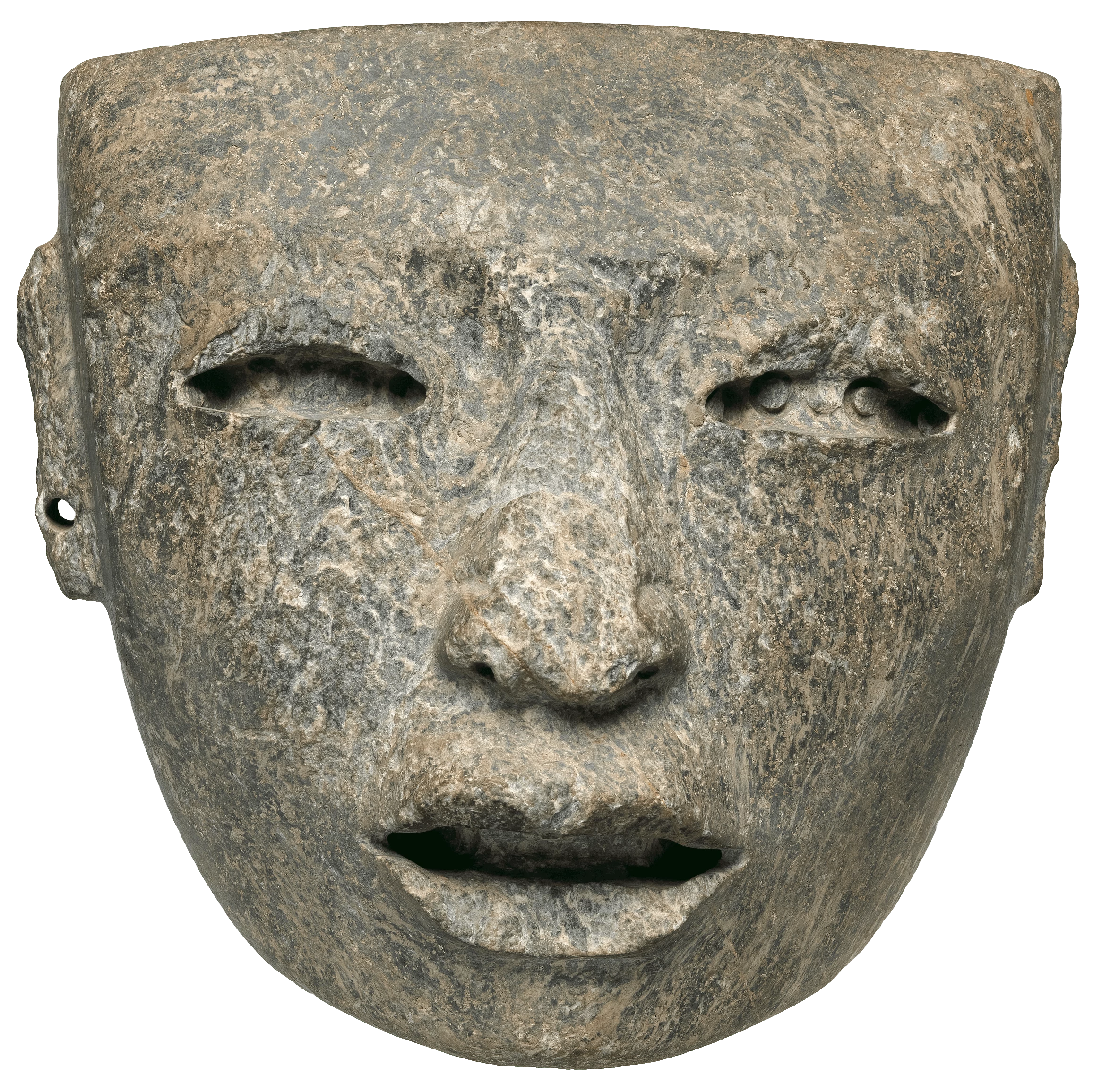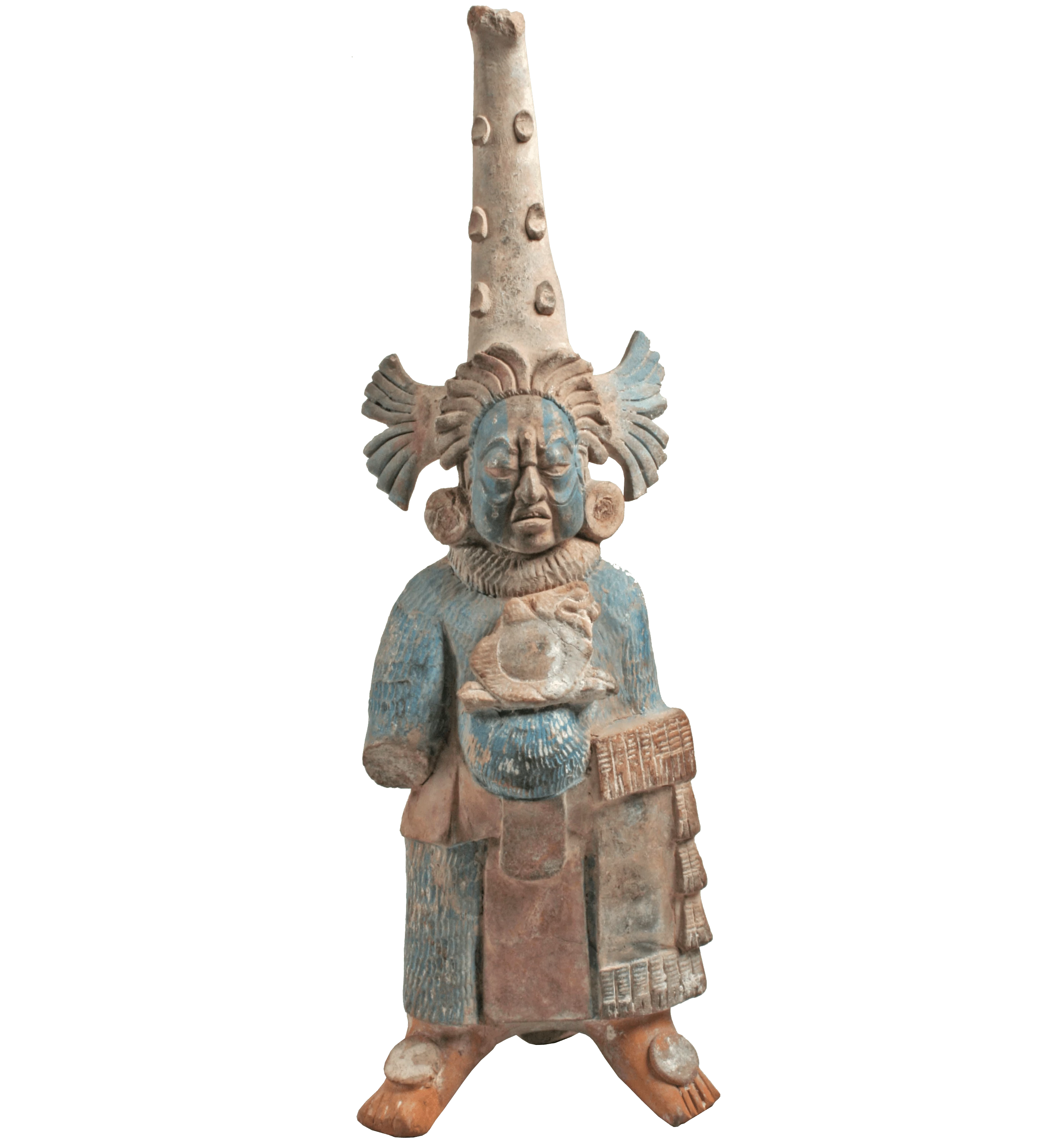Ancient WorldTeotihuacan Culture
Teotihuacan Culture
City of Water & Fire
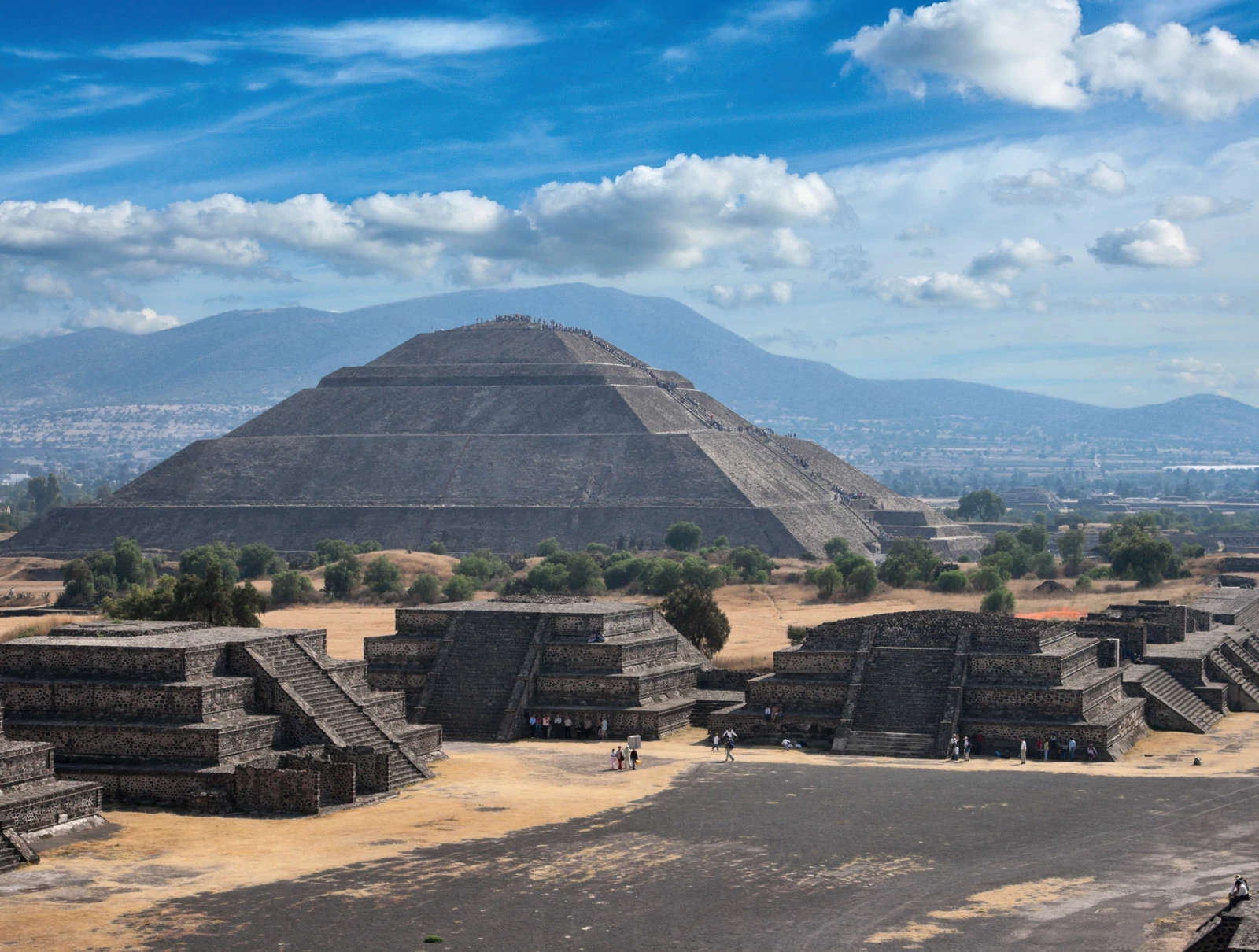

Every twenty days, the priests of Moctezuma II left their temples in the Aztec capital city of Tenochtitlan and traveled 50 kilometers northeast to the sacred ruins of the long-dead city Teotihuacán: the City of the Gods. Teotihuacán was built more than 1000 years before the rise of the Aztec empire, and before its collapse in 550 CE was home to around 125,000 people, making it one of the six largest cities in the world at the time. Teotihuacán was sacred to the Aztec, and to historians it is many things—a puzzle, a culture, and strikingly elegant, organized city that mirrors contemporary urban life.
